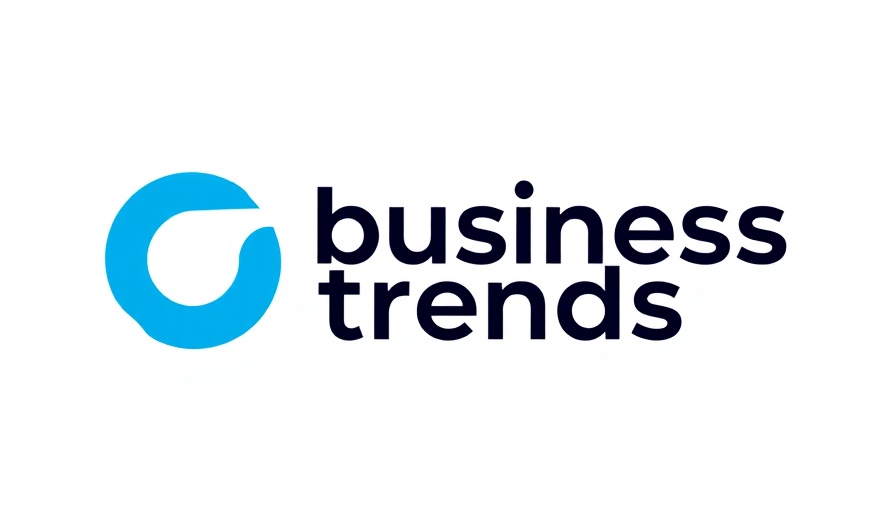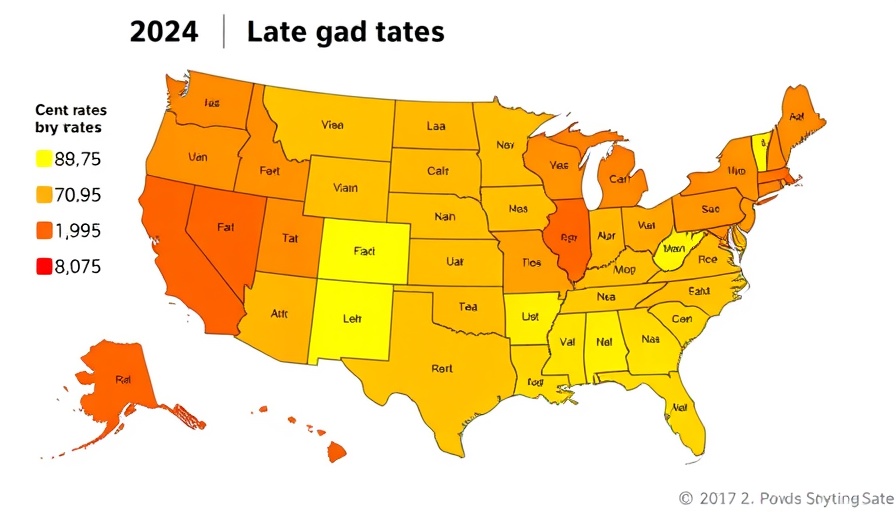
Small Business Sentiment Drops as Economic Clouds Gather
The latest data from the National Federation of Independent Business (NFIB) has revealed a concerning trend: small business optimism has fallen for the fourth consecutive month. The Small Business Optimism Index decreased by 2.1 points to 100.7, despite remaining above the historical average of 98. This downward shift reflects increasing uncertainty among business owners, with the NFIB's Uncertainty Index climbing to its second-highest level ever recorded at 104.
According to NFIB Chief Economist Bill Dunkelberg, there's a rising sense of caution on Main Street. "Uncertainty is high and rising, and for many reasons," he noted. Expectations for improved business conditions over the next six months have plummeted, with a net negative 37% of business owners anticipating economic growth.
Inflation and Labor Quality: Top Concerns for Entrepreneurs
While inflation continues to weigh heavily on the minds of small business owners, it no longer holds the top spot as the leading issue. Labor quality has surged ahead, with 19% of owners citing it as their biggest challenge, up from previous months. Inflation now ranks closely behind at 16%. About 32% of owners have raised average selling prices, reaching a significant milestone as the highest rate of price hikes seen in recent history.
Job Market Challenges and Capital Investment Trends
Hiring challenges remain persistent, with 38% of small business owners reporting job openings that could not be filled. This reflects an increase in hiring difficulties, as many owners face a shortage of qualified applicants. Despite these hurdles, 15% of business owners plan to create new jobs in the coming months. Additionally, capital expenditures remain flat, with 58% reporting investments in various aspects such as equipment and facility improvement.
Consumer Sentiment Mirrors Business Struggles
The decline in business optimism isn't an isolated issue. Consumer sentiment has also dipped significantly. According to recent reports, consumer feelings dropped by 10% in February, reflecting a broader trend of decreased spending and mounting economic concern.
This interconnection between business and consumer confidence is crucial, as a drop in one often leads to a corresponding drop in the other. The reported reductions in personal consumption expenditures indicate that consumers are tightening their belts, which could further exacerbate business challenges.
Final Thoughts: The Road Ahead for Small Businesses
The current landscape for small businesses is fraught with challenges, including labor shortages, inflation concerns, and rising uncertainty. As owners look ahead, it remains critical to navigate these complexities with strategic foresight. Understanding the economic climate and preparing for potential downturns can help mitigate risks associated with these challenges.
For small business owners and stakeholders, staying informed about these trends and preparing accordingly will be key to thriving in what appears to be a turbulent economic environment.
 Add Row
Add Row  Add
Add 

 Add Row
Add Row  Add
Add 



Write A Comment